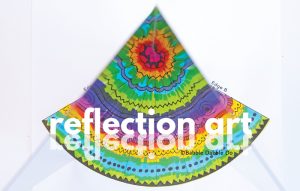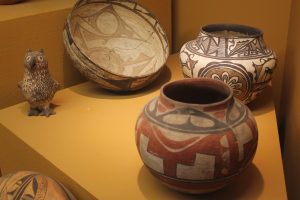Art Reflects: The Mirror of Society and Individual Expression
superadmin November 25, 2024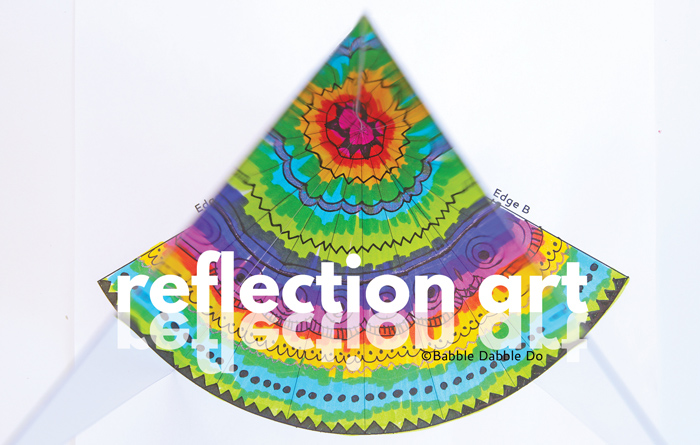
Art Reflect has long been regarded as a mirror of society, capturing the complexities of human experience and providing a platform for expression. From ancient cave paintings to modern digital art, the role of art as a reflection of cultural, political, and emotional landscapes has remained constant. This reflective nature allows individuals to see aspects of themselves and their surroundings, offering new perspectives and insights.
Artists, whether consciously or subconsciously, often create works that reflect their environment, personal experiences, and societal conditions. By doing so, art becomes a medium through which the zeitgeist—the spirit of the time—is preserved and communicated to future generations.
Table of Contents
ToggleArt Reflects Societal Values
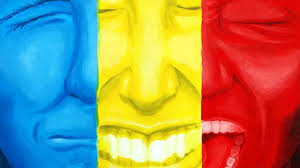
One of the most profound ways Art Reflect mirrors society is through its depiction of cultural values and norms. Each era produces art that embodies its unique philosophies, ideologies, and challenges. For example, the Renaissance period celebrated humanism, individual achievement, and the rediscovery of classical knowledge, which were vividly captured in the works of artists like Leonardo da Vinci and Michelangelo.
Similarly, contemporary Art Reflect often grapples with themes like pwvip4d social justice, environmental issues, and technological advancement. These works challenge viewers to reflect on current societal conditions, fostering dialogue and encouraging change. For instance, installations highlighting climate change often use striking imagery and immersive experiences to evoke a sense of urgency.
Art as a Reflection of Political Climate
Political themes frequently emerge in art, making it a powerful tool for resistance, commentary, and awareness. During times of upheaval, art becomes a voice for the voiceless, portraying struggles and aspirations that might otherwise go unnoticed. Iconic works like Picasso’s Guernica serve as stark reminders of war’s horrors, reflecting the chaos and suffering of the Spanish Civil War.
In modern contexts, street Art Reflect and murals have become popular mediums for political expression. Artists like Banksy use their work to critique political systems, economic inequality, and social injustices. These pieces not only resonate with contemporary audiences but also serve as historical markers of political sentiment.
Personal Expression Through Art
Beyond societal reflection, art also acts as a medium for individual expression. Artists channel their emotions, thoughts, and experiences into their creations, offering a glimpse into their inner worlds. This personal connection often resonates with viewers, creating a sense of shared understanding and empathy.
For example, the works of Frida Kahlo are deeply personal, reflecting her struggles with physical pain, identity, and relationships. Her art transcends time and culture, offering universal insights into the human condition. Similarly, abstract art allows viewers to interpret emotions and ideas uniquely, fostering a deeper connection between the creator and the audience.
The Role of Art in Shaping Perspectives
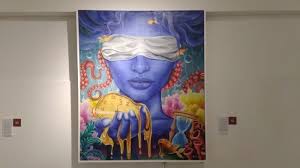
Art Reflect does not merely reflect society—it also shapes it. By presenting new ideas and challenging existing norms, art has the power to influence thoughts and inspire action. Movements like Dadaism and Surrealism emerged as reactions to the disillusionment of World War I, pushing the boundaries of creativity and challenging conventional notions of reality.
In the digital age, art continues to shape perspectives through social media platforms and virtual galleries. Digital artists create pieces that address issues like cyberbullying, artificial intelligence, and the impact of social media, prompting audiences to reflect on their roles in an increasingly interconnected world.
Art Reflects Diverse Cultures and Traditions
Art Reflect is a vessel for preserving and celebrating cultural heritage. Traditional art forms, from indigenous carvings to folk dances, capture the essence of cultural identity, ensuring that stories and practices are passed down through generations. These works reflect the values, beliefs, and histories of diverse communities, offering a rich tapestry of human experience.
For instance, Aboriginal art in Australia reflects the deep connection between indigenous people and their land. Using symbols and patterns, these artworks tell stories of creation, survival, and spirituality. Similarly, Japanese woodblock prints capture the beauty of nature and daily life, reflecting the country’s cultural aesthetics and philosophies.
Modern Art and the Reflection of Technology
The advent of technology has transformed the way art is created and experienced. Digital tools and platforms have expanded the possibilities for artistic expression, allowing artists to explore new dimensions and reach wider audiences. Virtual reality, augmented reality, and interactive installations invite viewers to become active participants in the artistic process, blurring the lines between creator and observer.
Technology also enables artists to address contemporary issues in innovative ways. For example, AI-generated art reflects the growing intersection of creativity and machine learning, sparking debates about authorship and the future of artistic practice. By incorporating these technological elements, modern Art Reflect continues to reflect the evolving relationship between humanity and technology.
Emotional Reflection Through Art
Art serves as a powerful medium for reflecting and evoking emotions. Whether through a melancholy piece of music, a poignant photograph, or a vibrant painting, art captures the depth and complexity of human feelings. This emotional resonance allows viewers to connect with the work on a personal level, finding solace, inspiration, or catharsis.
Abstract art, in particular, excels at reflecting emotions. Artists like Jackson Pollock and Mark Rothko use color, texture, and form to convey moods and feelings, inviting viewers to interpret the work through their emotional lens. This interplay between creation and perception highlights art’s unique ability to reflect the human experience.
Art Reflects the Universal and the Specific
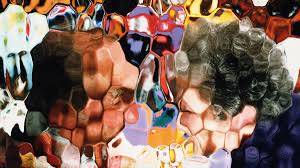
One of art’s most remarkable qualities is its ability to simultaneously reflect universal truths and specific experiences. A single painting or poem can capture a deeply personal moment while resonating with a global audience. This duality allows art to bridge cultural, linguistic, and temporal divides, fostering a sense of unity and shared humanity.
For example, Vincent van Gogh’s Starry Night reflects his personal struggles and fascination with the night sky while evoking universal feelings of wonder and introspection. Similarly, literature like Gabriel García Márquez’s One Hundred Years of Solitude blends magical realism with universal themes of love, loss, and identity, making it a timeless masterpiece.
Art Reflects and Responds to Crisis
In times of crisis, Art Reflect becomes a beacon of hope and resilience. Whether addressing pandemics, natural disasters, or social unrest, artists create works that document these experiences and offer a sense of solidarity. During the COVID-19 pandemic, for instance, art flourished online as individuals turned to creative outlets to process their emotions and connect with others.
Quarantine-inspired projects, virtual exhibitions, and collaborative murals emerged as powerful reflections of the collective struggle. These works not only captured the challenges of isolation but also celebrated human resilience and adaptability.
Conclusion
Art, in all its forms, serves as a dynamic reflection of society, culture, and individuality. It captures the essence of human experience, preserving moments in time while inspiring future generations. Whether through traditional mediums or digital innovations, art continues to mirror the complexities of our world, offering insights, evoking emotions, and shaping perspectives.
As we move forward, the reflective nature of Art Reflect will remain a vital aspect of human expression. By engaging with art, we can better understand ourselves and the ever-changing world around us, fostering a deeper appreciation for the creative spirit that unites us all.
Read More Article About: Here



